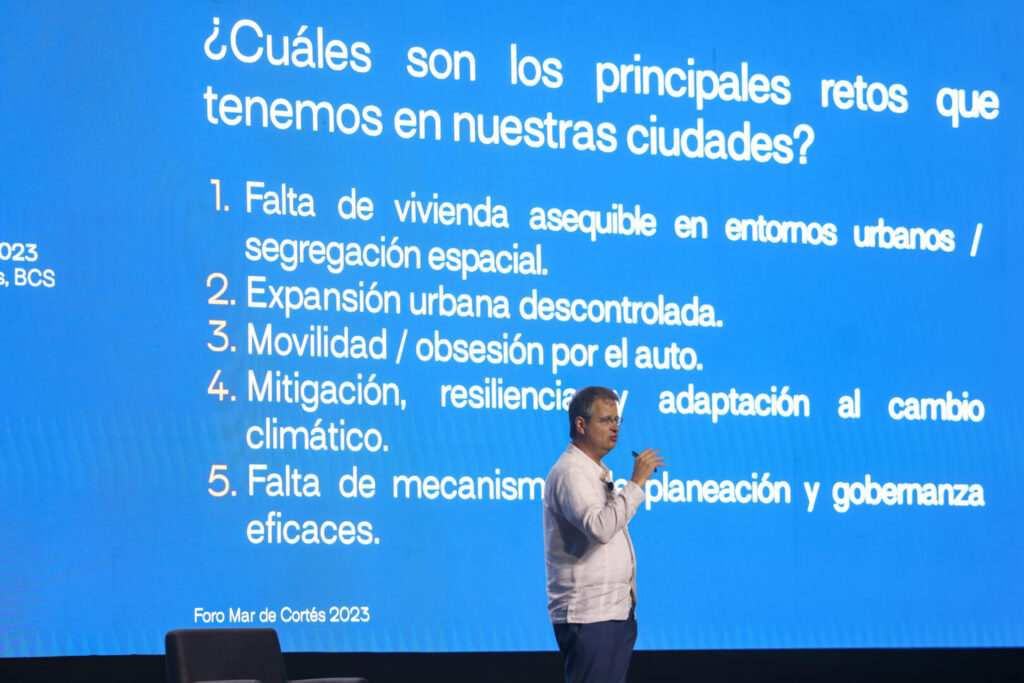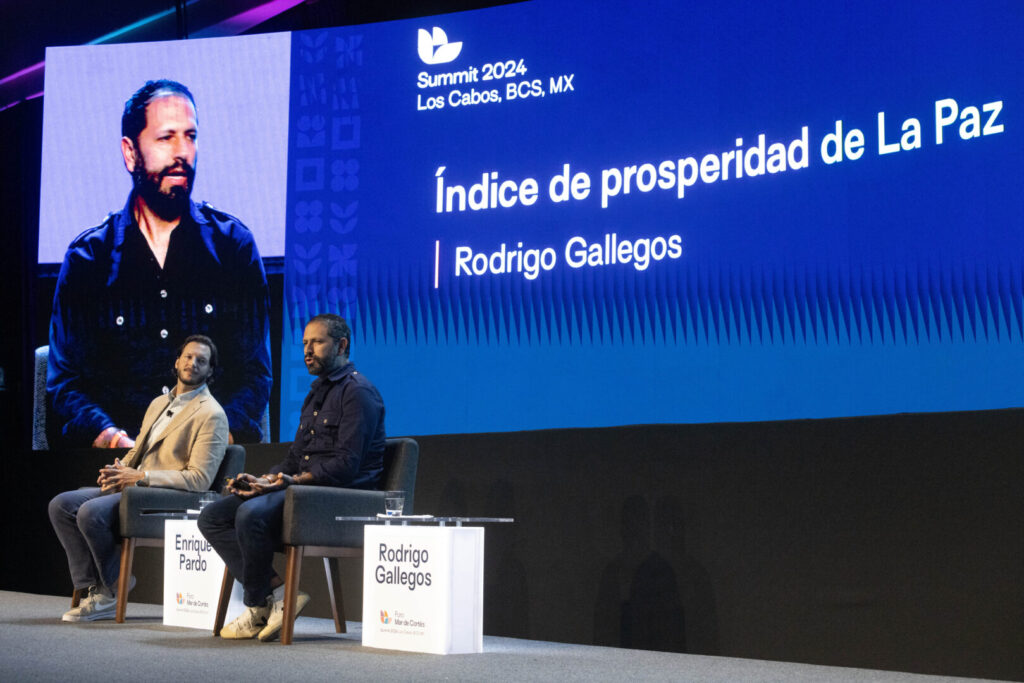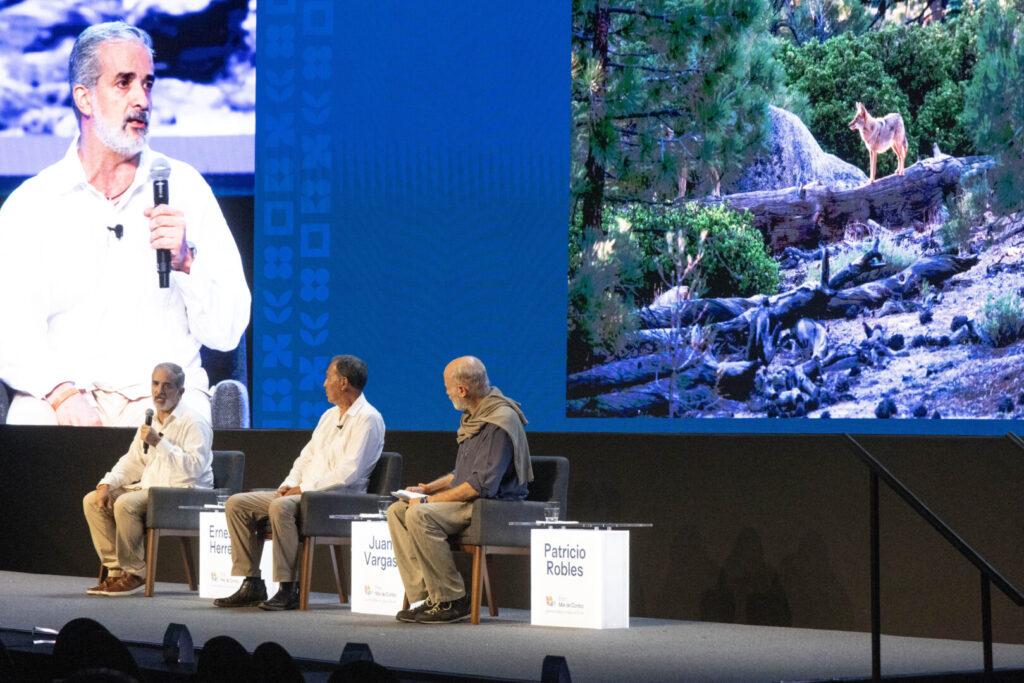Los Cabos, BCS. November 10, 2023. To create a sustainable regionThe first thing to think about is the cities as the axis," he said. José Antonio Torre Medina-MoraDirector of the Tec de Monterrey's Center for the Future of Cities.
"The right to housing must be the cornerstone of governments' sustained development policies," said the specialist academic, as he unveiled five challenges for the future of cities in the Sea of Cortés Region.
- Lack of affordable housing in urban settings / spatial segregation.
- Uncontrolled urban sprawl.
- Mobility based on an obsession with the car.
- Mitigation, resilience and adaptation to climate change.
- Lack of effective planning and governance mechanisms.

In order to understand these challenges, Torre Medina-Mora explained at the Summit 2023 Prosperity: A Possible Purposeof Sea of Cortez Forumthat the problems of the climate change begin the design of the cities.
According to the United Nations (UN), cities represent 3 percent of the world's territory, but use about 70 percent of the world's energy.
It is also cities that generate 75 percent of greenhouse gas emissions and cause 90 percent of people to breathe air outside international standards.
One of the priorities of the 2030 Agenda for Sustainable Development is the work in population centers. It is the Objective 11which talks about sustainable communities and cities being inclusive, safe, resilient and sustainable places.

However, said the Director of the Center for the Future of Cities of the Tec de Monterrey, there are 1.10 billion people living in vulnerable areas under the UN definition in the world and when we look at MexicoIn this regard, it can be seen that there are a number of challenges to be addressed.
These challenges include the fact that cities are becoming larger and larger, making mobility more difficult and causing segregation, and that there is less and less decent housing of social interest.
"We have a housing strategy, but we do not have a public housing policy," assured the specialist, pointing out that "the attempts made by governments to improve this area have ended in failures."

As an example, he cited the latest report of the UN HabitatThe most negative data is that in terms of low-income housing construction, the drop represented a 70 percent drop. The most negative data is that regarding the construction of social interest housing, the drop represented 70 percent.
Addressing the challenges for the construction and strengthening of cities implies a common agenda, in which governments and citizens join forces, with the sole purpose of avoiding further damage to the ecosystem and the economy of the region.
Who is it?
José Antonio Torre Medina-Mora. He is Director of the Center for the Future of Cities at Tec de Monterrey. He holds a degree in Industrial and Systems Engineering from Tec de Monterrey and a Master's Degree in Business Administration from Harvard Business School.





